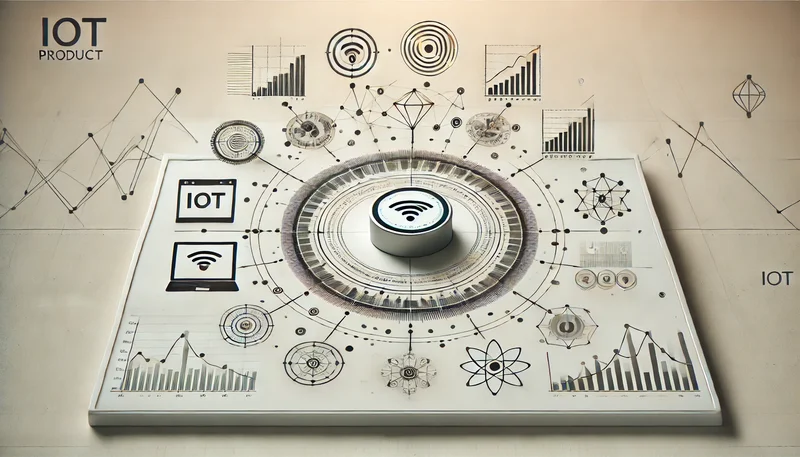Article Directory
Generated Title: IoT's Silent Revolution: How Edge AI and Wireless Breakthroughs Will Unleash True Autonomy
Okay, folks, buckle up because we're about to dive headfirst into a revolution—a silent revolution, brewing right under our noses in the world of the Internet of Things (IoT). Forget what you think you know about clunky, centralized systems; we're talking about a paradigm shift toward true autonomy, powered by edge AI and wireless wizardry. It's not just incremental improvement; it's a whole new game!
Imagine a world where industrial robots don't just blindly follow pre-programmed instructions, but intuitively understand their environment, adapt to human co-workers, and even anticipate problems before they arise. That's the promise of edge AI in the Industrial IoT (IIoT), and honestly, when I first read about the implications, I got that familiar tingle of excitement that reminds me why I got into this field in the first place. Edge AI Is Starting To Transform Industrial IoT
We're talking about embedding intelligence directly into the hardware—furnaces that self-adjust, boilers that predict calcium deposits, robotic arms that feel the material they're handling. It's like giving these machines a nervous system and a brain, all in one go. As Siemens EDA's Sathishkumar Balasubramanian put it, this kind of intelligence needs to be built in, it needs to be real-time, and it needs to operate when everything else breaks.
But here's the real kicker: wireless technology is finally catching up. We're not just talking about basic connectivity; we're talking about Wi-Fi 7 slashing latency to sub-10 milliseconds. Think about that for a second! Synaptics’ Ananda Roy mentioned that their robotics partner, Grinn, even built a robotic arm you can control through a tablet entirely over Wi-Fi. It's not just faster; it's liberating.
Cognitive Collaboration: Democratizing Intelligence for a Human-Centric Future
The Dawn of Cognitive Collaboration

And what about the human element? The convergence of multi-modal sensor fusion and edge AI is moving robotics beyond fixed, pre-programmed tasks toward systems that are truly cognitive and highly adaptable, said Synopsys’ Saar. Imagine robots that can interpret a human worker’s intent – such as reaching for a specific part – and automatically adjust its pace, trajectory, or even pre-stage the next tool, rather than just stopping when a human enters a safety zone. This drastically improves workflow efficiency and psychological comfort for the human worker!
But it’s not just about speed and efficiency. As these systems become more autonomous, we need to think seriously about the ethical implications. How do we ensure fairness, transparency, and accountability in AI-driven decision-making? How do we protect workers from displacement and ensure that the benefits of this technology are shared equitably? These aren't just abstract questions; they're the challenges that will define our future.
Now, some might say this is all pie-in-the-sky thinking. "Sure, it sounds great, but can it really be done?" I hear you, skeptic. But let me remind you of a similar sentiment that surrounded the printing press. Before Gutenberg, knowledge was hoarded by a select few. The printing press democratized information, sparking the Renaissance and forever changing the course of history. Edge AI and wireless breakthroughs have the potential to do the same for automation, putting intelligence and adaptability within reach of every industry, every business, and every worker.
And if you need more proof that this is already happening, look no further than the Waveshare ESP32-P4-WIFI6-POE-ETH development board. It's a tiny, affordable device that packs a serious punch, with Wi-Fi 6, Bluetooth 5, Ethernet, and PoE support. It's the kind of tool that empowers tinkerers, makers, and innovators to build the future, one line of code at a time. Waveshare ESP32-P4 + ESP32-C6 PoE development board targets HMI and IoT applications
But, what are people saying about this revolution? Well, one insightful Reddit user commented: “The possibilities are endless. Imagine smart homes that truly learn your habits, factories that optimize themselves in real-time, and cities that respond dynamically to the needs of their citizens.” Exactly! This is a future we can build together.
The Only Limit Is Our Imagination
This isn't just about faster machines or more efficient processes. It's about creating a world where technology empowers us to be more creative, more productive, and more human. It's time to embrace the silent revolution and unleash the true potential of IoT.
